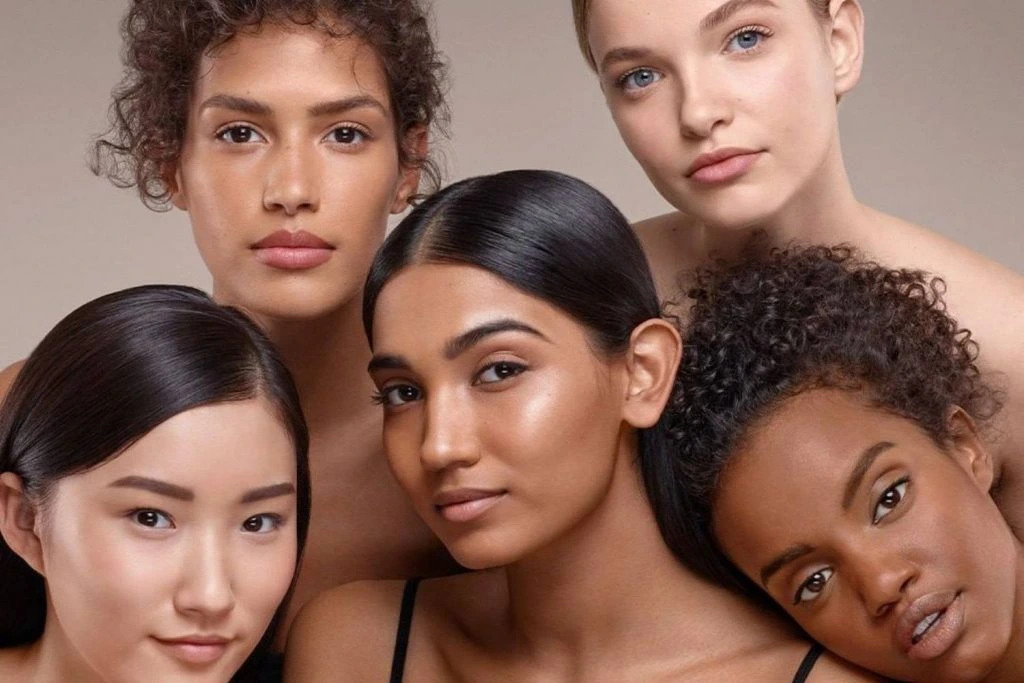
Dermaplaning is a non-invasive, exfoliating skincare treatment that has gained popularity in recent years. It involves the use of a sharp, surgical-grade scalpel to remove the outermost layer of dead skin cells and vellus hair (also known as peach fuzz) from the face. The result is a smoother, brighter, and more radiant complexion. In this article, we’ll explore the benefits, risks, and considerations for dermaplaning.
Benefits of Dermaplaning
One of the primary benefits of dermaplaning is its ability to exfoliate the skin. The scalpel removes the outer layer of dead skin cells, which can help to reduce the appearance of fine lines, wrinkles, and acne scars. Additionally, by removing the dead skin cells, it allows for better absorption of skincare products, making them more effective. This can be especially beneficial for individuals who have hyperpigmentation or uneven skin tone, as the exfoliation can help to even out the complexion.
Another benefit of dermaplaning is the removal of vellus hair. While many people are hesitant to remove peach fuzz, it can actually be beneficial for the skin. Vellus hair can trap dirt and oil, which can contribute to breakouts. By removing the hair, it can help to prevent breakouts and make the skin appear smoother and more refined.
Dermaplaning is also a quick and painless procedure. It typically takes around 30 minutes to complete and is done in-office by a licensed esthetician or dermatologist. Unlike other exfoliating treatments, such as chemical peels, dermaplaning does not require any downtime. Patients can immediately return to their normal activities without any redness or irritation.
Risks and Considerations
While dermaplaning is generally considered safe, there are some risks and considerations to keep in mind. The use of a sharp scalpel on the face can be dangerous if not done correctly, so it’s important to only have the procedure done by a licensed professional. It’s also important to avoid any sun exposure for a few days after the procedure, as the skin will be more sensitive.
Another consideration is that dermaplaning is not suitable for everyone. Individuals with active acne, eczema, or rosacea should avoid the procedure, as it can exacerbate these conditions. Additionally, those with a history of cold sores should take precautions, as the procedure can trigger an outbreak.
It’s also important to note that dermaplaning is a temporary solution. While the results can last for a few weeks, the skin will eventually return to its natural state. For best results, it’s recommended to have the procedure done every 4-6 weeks.
How to Prepare for Dermaplaning
Before having a dermaplaning treatment, it’s important to properly prepare your skin. This includes avoiding any exfoliating treatments for at least a week prior to the procedure. It’s also important to avoid any sun exposure or tanning beds for at least a week before the procedure.
On the day of the procedure, it’s important to arrive with a clean face, free of any makeup or skincare products. The esthetician or dermatologist will then apply a numbing cream to the face, which will help to minimize any discomfort during the procedure.

After the Procedure
After the procedure, it’s important to avoid any sun exposure for at least a few days, as the skin will be more sensitive. It’s also important to avoid any exfoliating treatments for at least a week after the procedure. Additionally, it’s important to avoid any strenuous exercise or activities that may cause excessive sweating for at least 24 hours after the procedure
It’s also recommended to avoid any products containing retinol, glycolic acid, or other exfoliants for a few days after the procedure. These products can be too harsh on the freshly exfoliated skin and cause irritation.
To keep the skin looking its best after dermaplaning, it’s important to maintain a good skincare routine. This includes using a gentle cleanser, moisturizer, and sunscreen daily. It’s also recommended to use a serum or facial oil to nourish and hydrate the skin.
It’s important to note that dermaplaning is not a substitute for other skincare treatments or procedures. While it can provide a temporary improvement in the skin’s appearance, it does not address deeper skin concerns such as wrinkles, sagging skin, or hyperpigmentation. For these concerns, other treatments such as injectables, laser treatments, or chemical peels may be more appropriate.
Dermaplaning is a popular skincare treatment that offers a range of benefits, including exfoliation, hair removal, and improved product absorption. However, it’s important to be aware of the risks and considerations associated with the procedure and to only have it done by a licensed professional. With proper preparation and aftercare, dermaplaning can help to achieve a smoother, brighter, and more radiant complexion.








